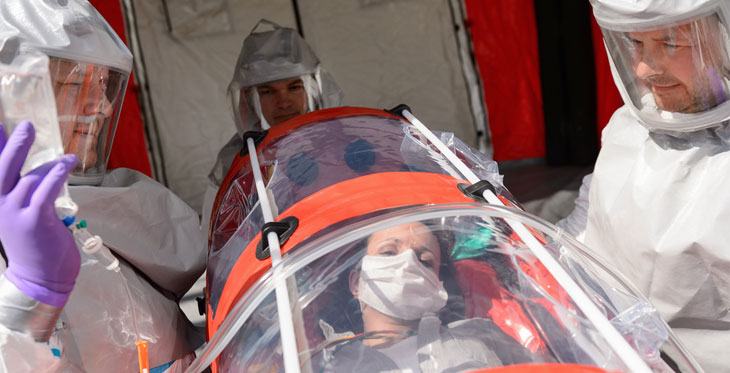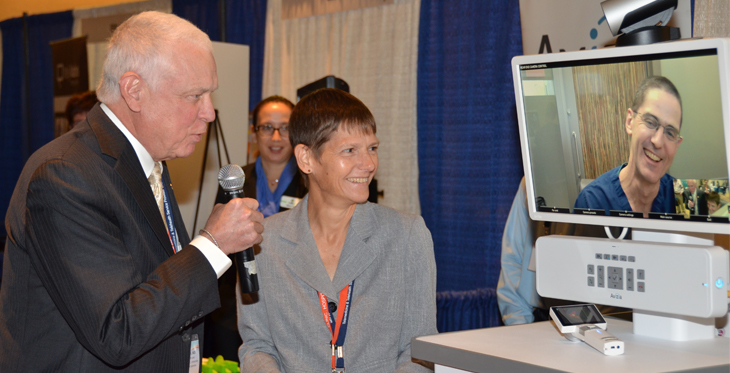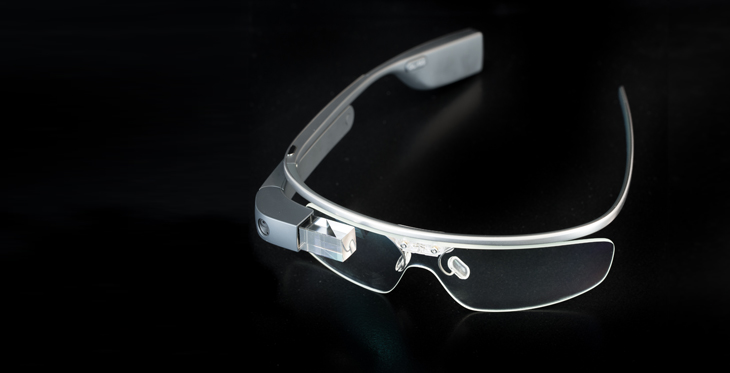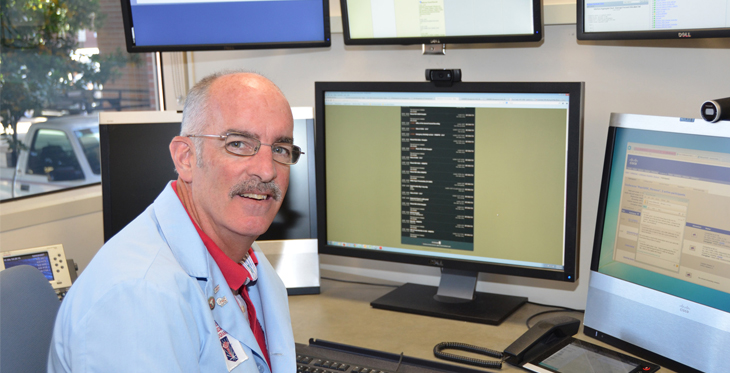When a woman’s breast cancer metastasized to her knee, University of Arizona orthopaedic surgeons Jordan Smith, MD, and Jason Wild, MD, used Google Glass to turn an exceedingly rare case of patellar reconstruction into an exceptionally teachable moment.
Kimberly Shea, PhD, RN, assistant professor at the UA College of Nursing, will examine the use of real-time video from mini iPads to visualize patients, their environment, and medications. The study will support on-call hospice nurses’ management of patients’ physical and emotional symptoms, while helping reduce caregiver stress and discomfort.
These studies and 11 others have received funding from the Arizona Telemedicine Program (ATP), through its competitive Innovation Awards program, launched in December 2013. ATP Innovation Awards provide equipment grants of up to $2,500 to Arizona Health Sciences Center researchers who want to explore the potential of Google Glass, tablets and other mobile technologies in health care.




